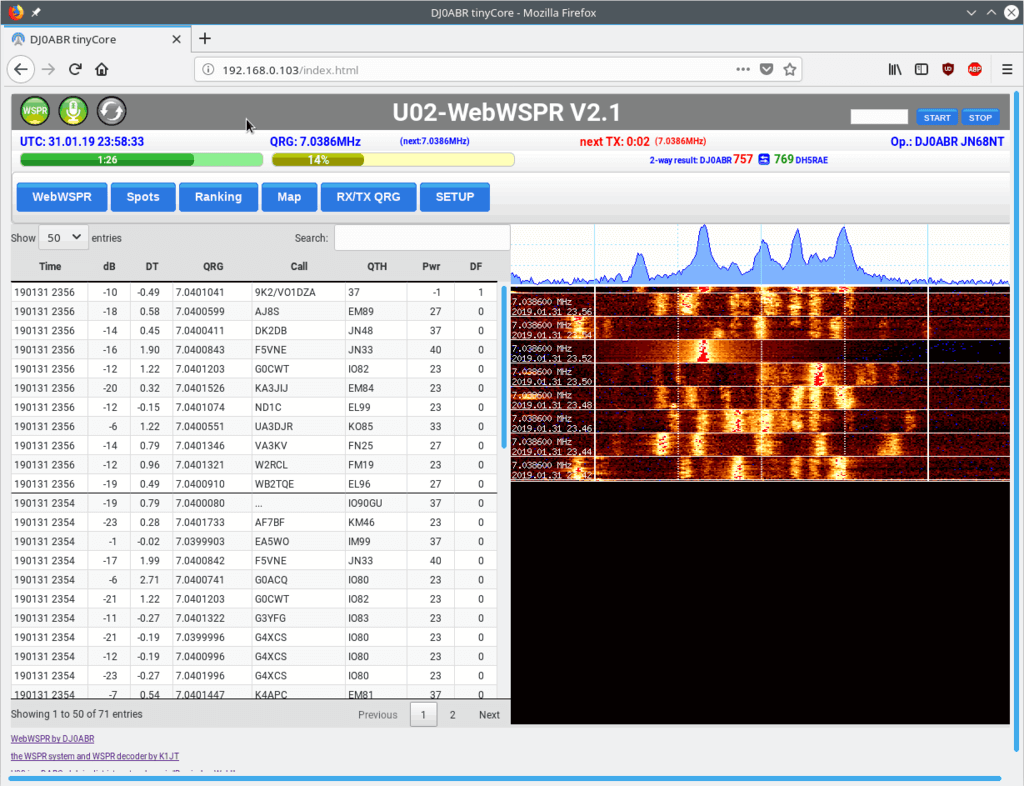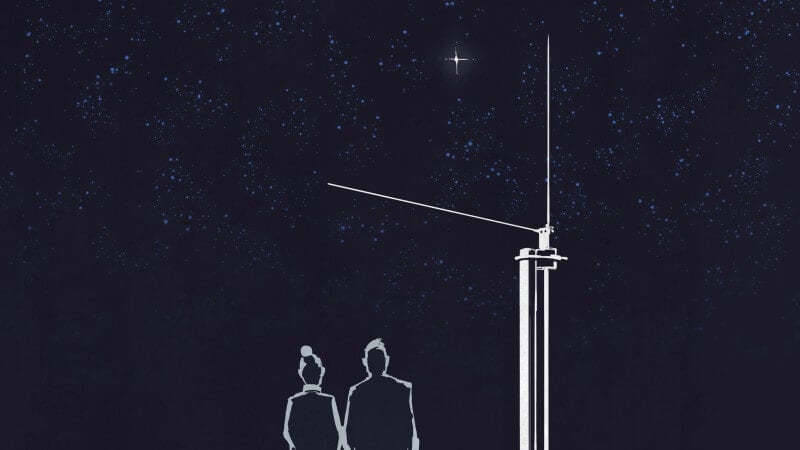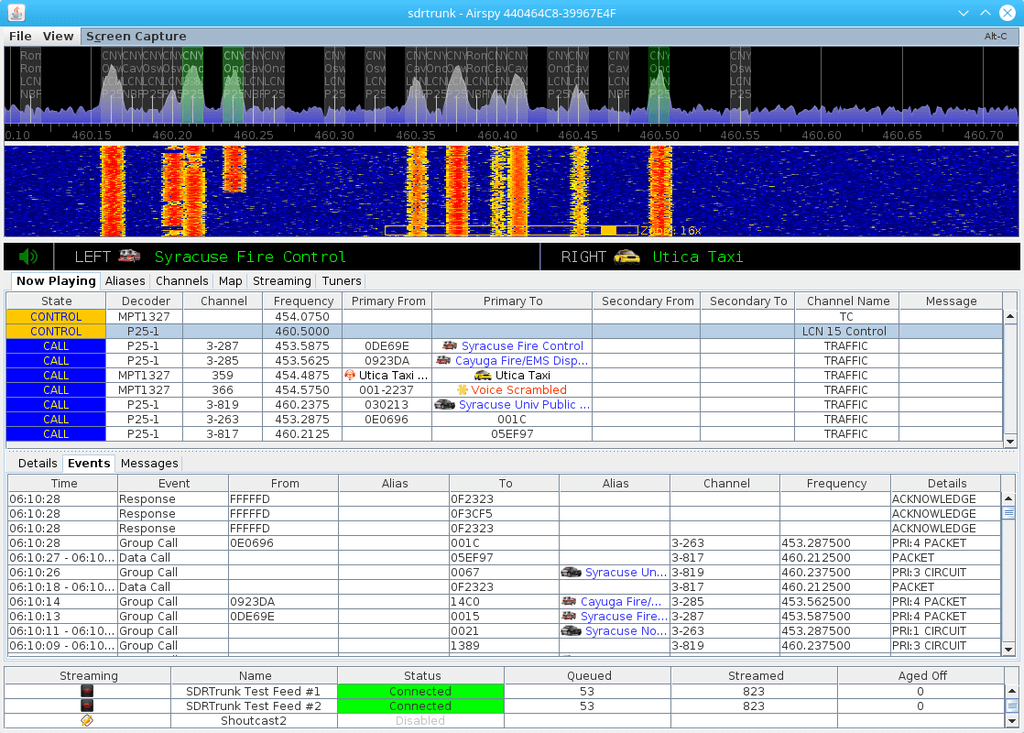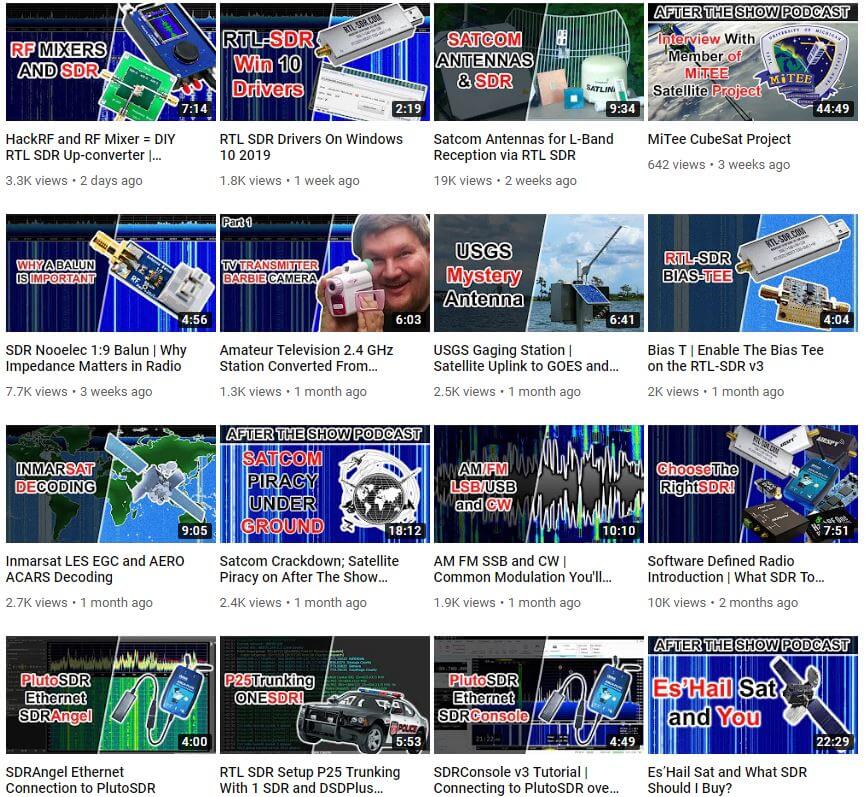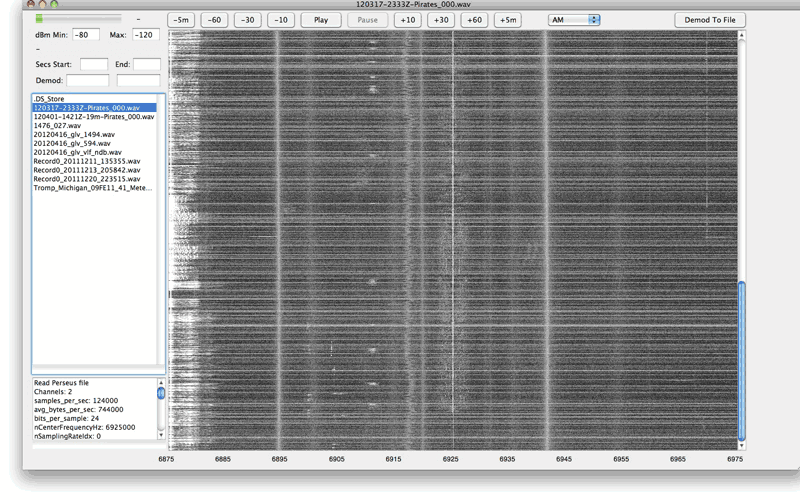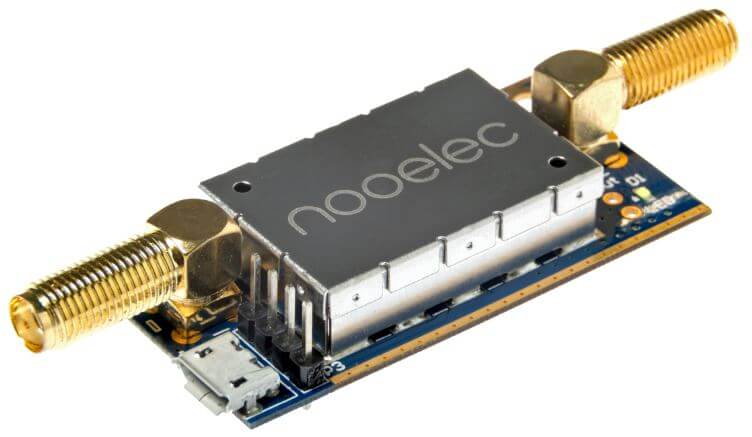WebWSPR: A Browser Based WSPR Decoder and Visualization Tool
A few days ago we posted about [dj0abr / Radio Electronics'] WebSDR software for QO-100. Having looked through his GitHub we've seen that he also has an a similar browser based server tool called WebWSPR for WSPR decoding and visualization (click with WebWSPR link) which was released earlier this year.
WSPR is an amateur radio digital HF mode designed to be decodable even if the signal is transmitted with very low power and is very weak. It can be used to help determine HF radio propagation conditions as WSPR reception reports are typically automatically uploaded to wsprnet. In the past we have been able to receive WSPR and similar modes like FT8 with our RTL-SDR V3 running in direct sampling mode.
Like his QO-100 WebSDR software, WebWSPR is designed to run on a single board computer like a Raspberry Pi or any Linux machine. It serves a web page that shows the WSPR waterfall, decoded data and has various WSPR related control options. The web page can be accessed remotely from any machine on the same network as the server, or could be put on the internet with port forwarding and a hostname service like noip.
A ready to use Raspberry Pi image for WebWSPR is available here (does not seem to support the latest Pi4 or 3B+ however). Manual installation instructions can be found here. The code is all open source and available on GitHub.
The software appears to take input from the soundcard for standard hardware receivers, but it should be possible to pipe audio from an RTL-SDR into pulseaudio, which the software can then use. The instructions from our RTL-SDR V3 WSJT-X tutorial may help.
